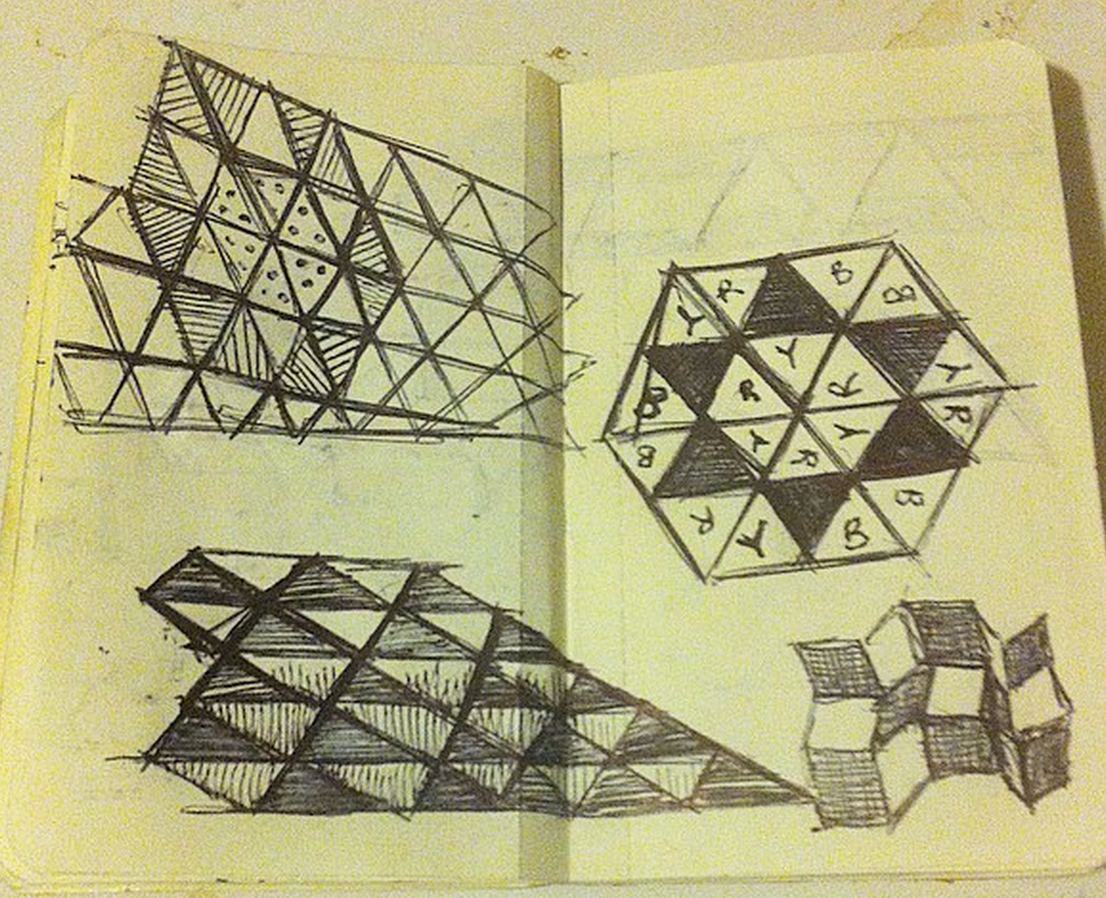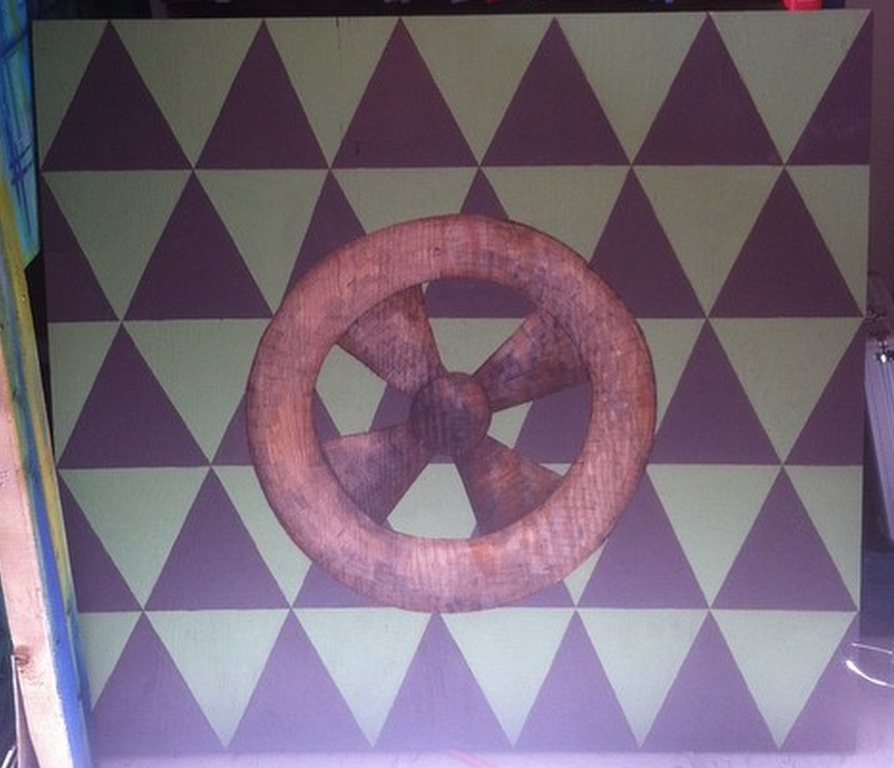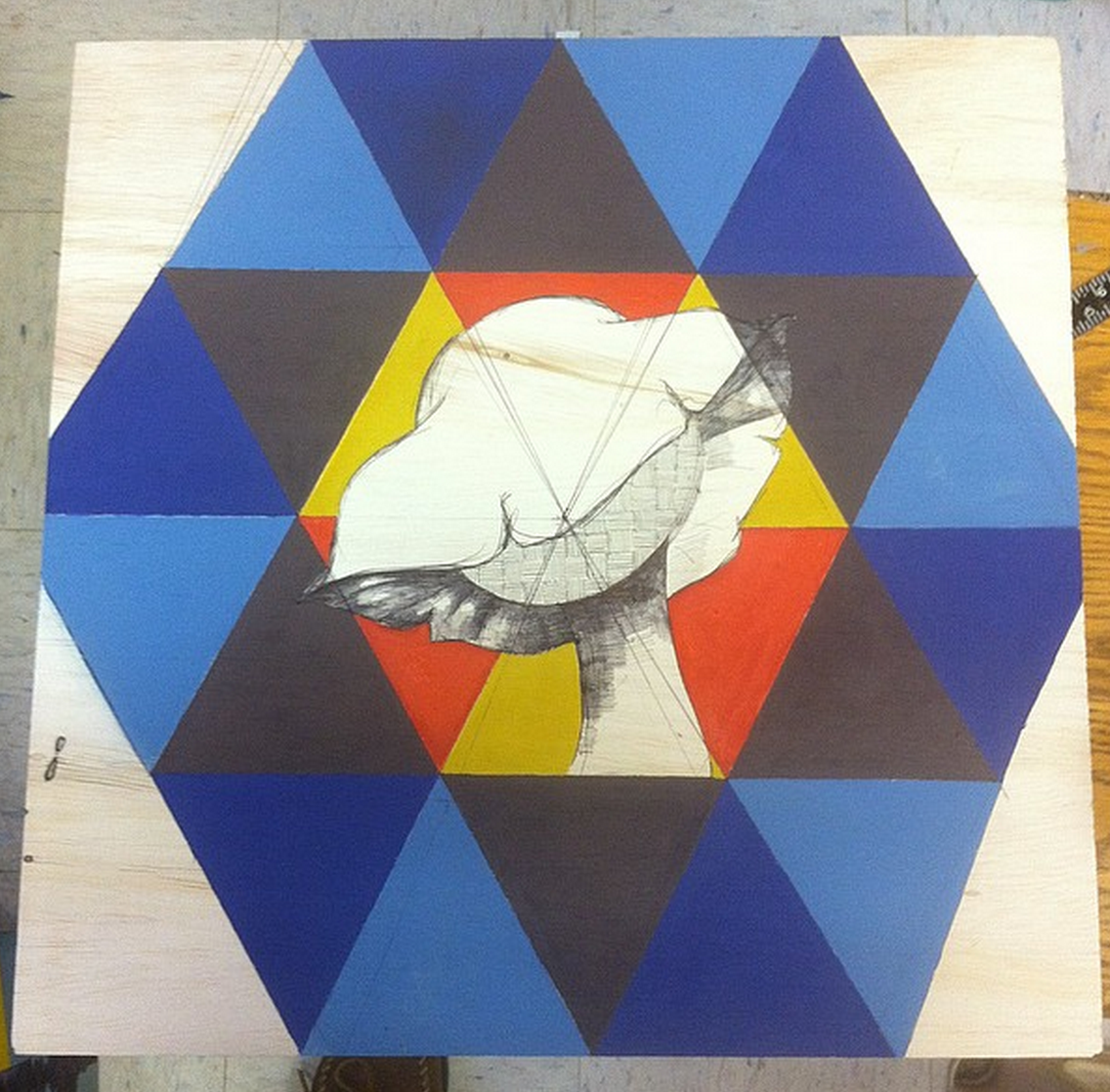Last week I substitute taught a class on minimalism for a friend of mine at Maine College of Art and I couldn’t be more grateful, as without her, I never would have stumbled across Agnes Martin’s Grid Paintings. In a Charles Darwent article in the July, August issue of Modern Painters, Darwent says, “the artisanal slowness of Martin’s paintings – each canvas stretched and gessoed by the artist herself, its gridded lines worked out mathematically in her head and then drawn freehand onto the surface with a short ruler – calls for us to see them slowly.“
Category: Philosophy
I was turned onto a study today, which was recently published by the BBC News concerning the possible differences in artists and non-artists brains. Research suggested that artists carried more developed grey matter in the area of the brain called the precuneus in the parietal lobe. Additionally subjects more disposed to drawing were found to have increased grey and white matter in the cerebellum and also in the supplementary motor area. This leads to a a greater refinement in motor skills. The full article can be found here.
The question that I can’t shake is one of origin. Are artists and creatives innately granted more of this particular type of brain matter, or is the function of these various areas of the brain similar to the function of a muscle used in sport? If a subject were to use his or her creative muscle more would that then allow those parts of the brain to grow?
I’ve also been mulling over a bit of what I read in the August 2014 issue of Juxtapoz on Madlib. DJ’s have always seemed to be the rawest form of what I consider my creativity to be. They are constantly collecting sounds and beats, while I find that I am constantly collecting surfaces and imagery. The method is not that different. Madlib expresses that he is “into” no particular style of music or sounds. He is a student of the sounds. He is a student of the world. You can see a preview of some of the Madlib articles on Juxtapoz’s website, here. I think that this format of thinking about art work is more productive than relying on the idea that my brain may or may not be different from anyone else. Essentially, hard work and study may in fact improve the function and growth of certain areas of the brain, but half of the production is in the study.
The reason that I find myself curious about the origin of this creativity is more or less to hone those skills. We all wonder what it is that makes us unique. I think that creatives can actually more actively be aware of what it is that makes them unique, but the source of the attributes sometimes interrupts the flow of the creativity. Perhaps knowing that working the area like a muscle will help, both scientifically and dogmatically. The idea of “working your creative muscle” was one pushed in art school, hence dogma, but seeing this study seems to give some much needed credence to this hokey sounding idea.
The patterns within my totem series seems to be a good example of both the study and the push. I feel as though I am thoroughly exercising my brain, while thoroughly studying some classic material. Here are the two newest totems that I finished.
Peace
-Mike



